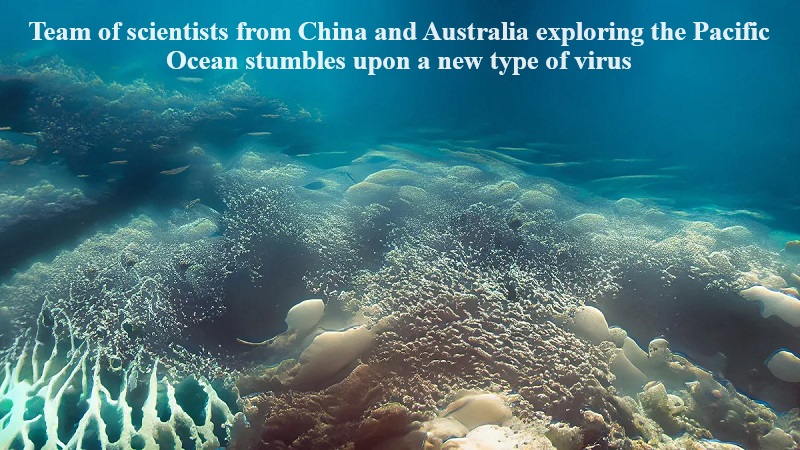
During an expedition in the Pacific Ocean, a group of scientists from China and Australia made a remarkable discovery: a novel virus lurking 8.9 kilometers below the sea’s surface in sediments from the Mariana Trench, located in the western Pacific Ocean.
This virus, part of an entirely new family of viruses, has been dubbed Suviridae, or ‘Siphoviruses,’ by the researchers. It is categorized as a bacteriophage, which means it relies on bacteria to replicate itself and cannot infect humans. Specifically, they have named this bacteriophage ‘vB_HmeY_H4907’.
The virus was encountered in the hadal zone, the deepest region of the ocean ranging from 6 kilometers to 11 kilometers below sea level. The team’s findings were recently published in the journal Microbiology Spectrum.
Min Wang, a virologist at the Ocean University of China and one of the study’s authors, highlighted the significance of their discovery, emphasizing the mystery and limited exploration of the hadal trench. He stated, “The hadal trench is the planet’s least explored and the most mysterious environment, and it is the deepest habitat for life on Earth’s surface.”
Wang continued, “Our understanding of hadal viruses has been greatly limited by the scarcity of isolated viruses in the hadal trenches.” He noted that their research reported the discovery of a temperate phage, isolated from surface sediment in the Mariana Trench at a depth of 8,900 meters, and is the deepest isolated siphovirus from the ocean to their knowledge.
This newfound virus appears to have a specific affinity for Halomonas bacteria, a group of bacteria known to inhabit deep-sea environments and hydrothermal vents. Interestingly, the researchers observed that the virus and its host share genetic similarities and maintain a relatively friendly relationship. The virus is classified as a lysogenic phage, meaning it inserts its genetic material into the bacteria without immediately killing it. Instead, both the virus and bacteria replicate simultaneously.
The scientists speculate that vB_HmeY_H4907 may have co-evolved with these bacteria as a survival strategy in the challenging conditions of the deep ocean. Their research will continue, focusing on exploring the molecular-level interactions between deep-sea phages and their bacterial hosts, as well as seeking additional unique viruses in some of the planet’s most inhospitable environments. Wang noted that extreme environments provide optimal opportunities for discovering novel viruses.

Post Your Comments